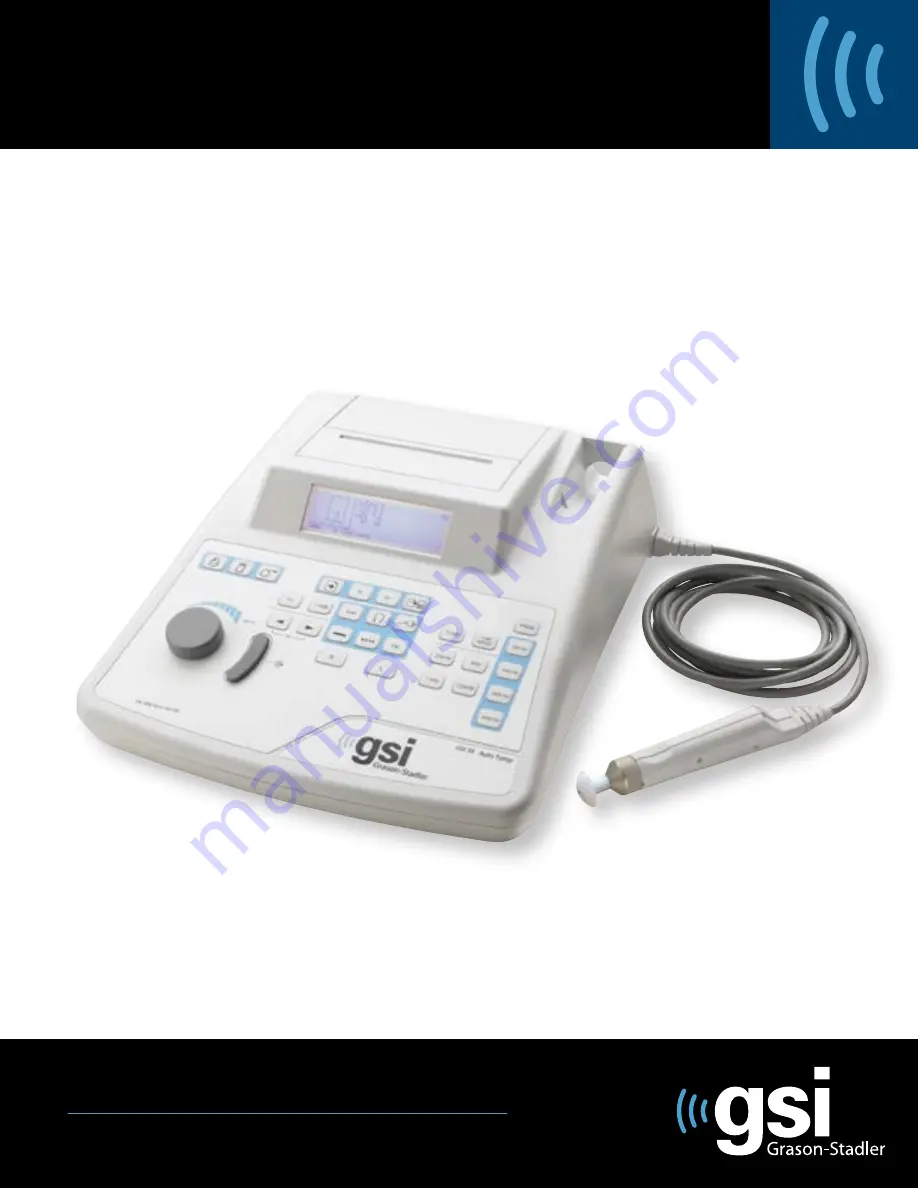
GSI 39
™
U
SER MANUAL
Part number D-01
21780
rev.
C
Setting The Clinical Standard
www.grason-stadler.com
Grason-Stadler, 10395 West 70th Street, Eden Prairie,
MN, USA
55344
800-700
-2282 • 952-27
8-
4402 •
fax
952-278-440
1 •
e-mail
[email protected]